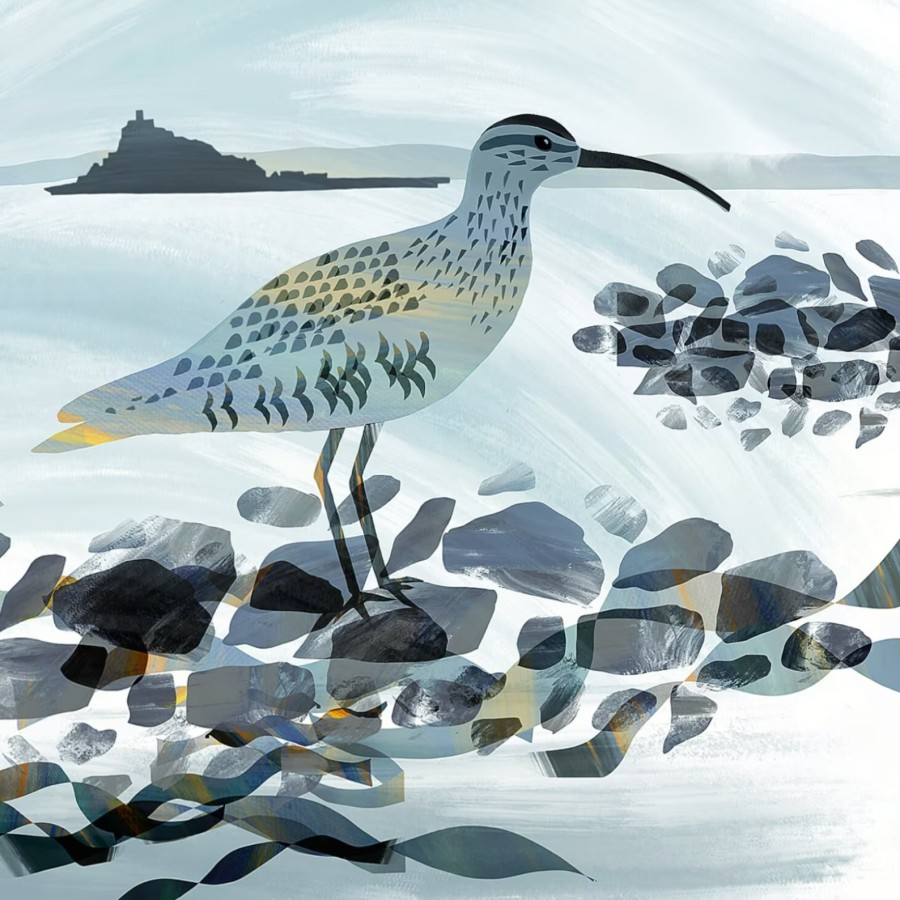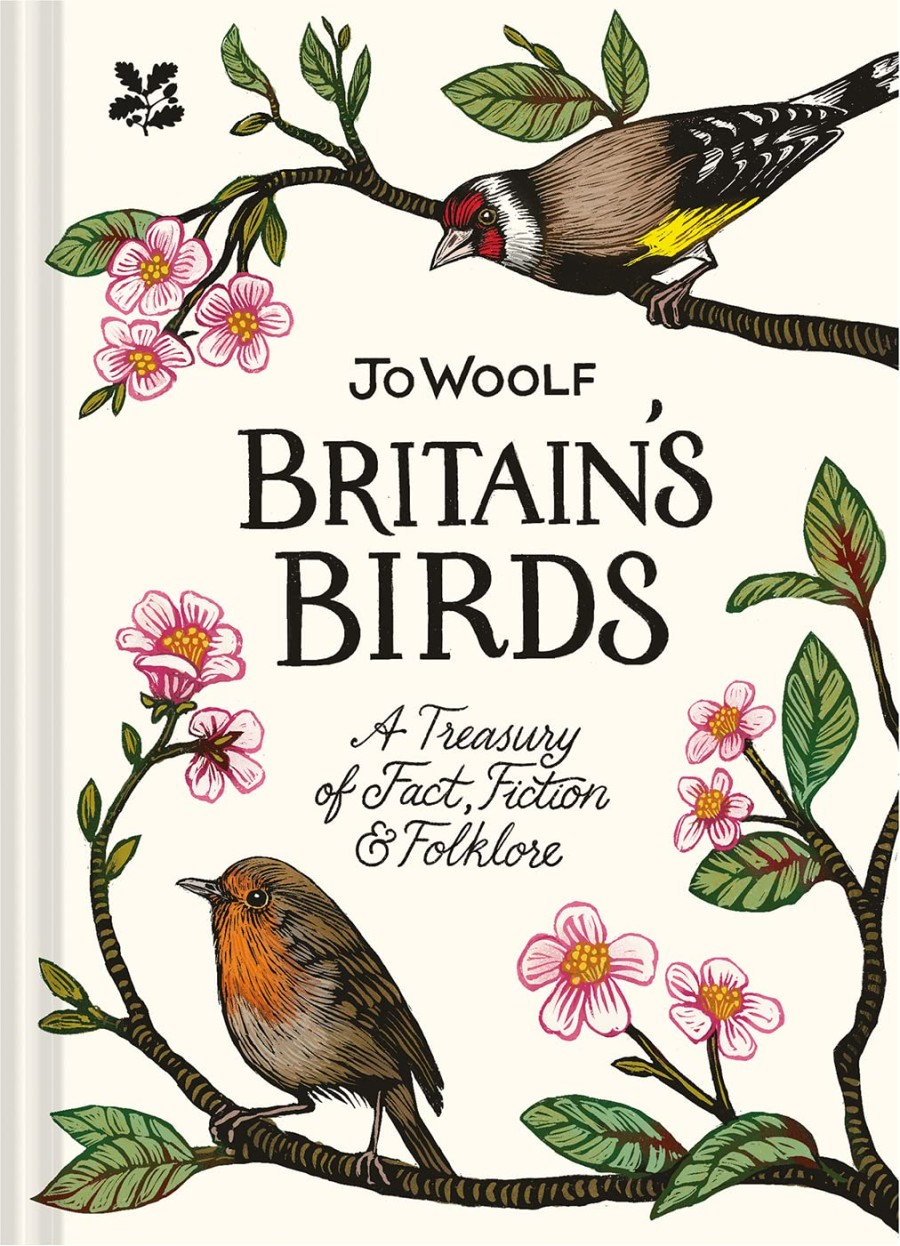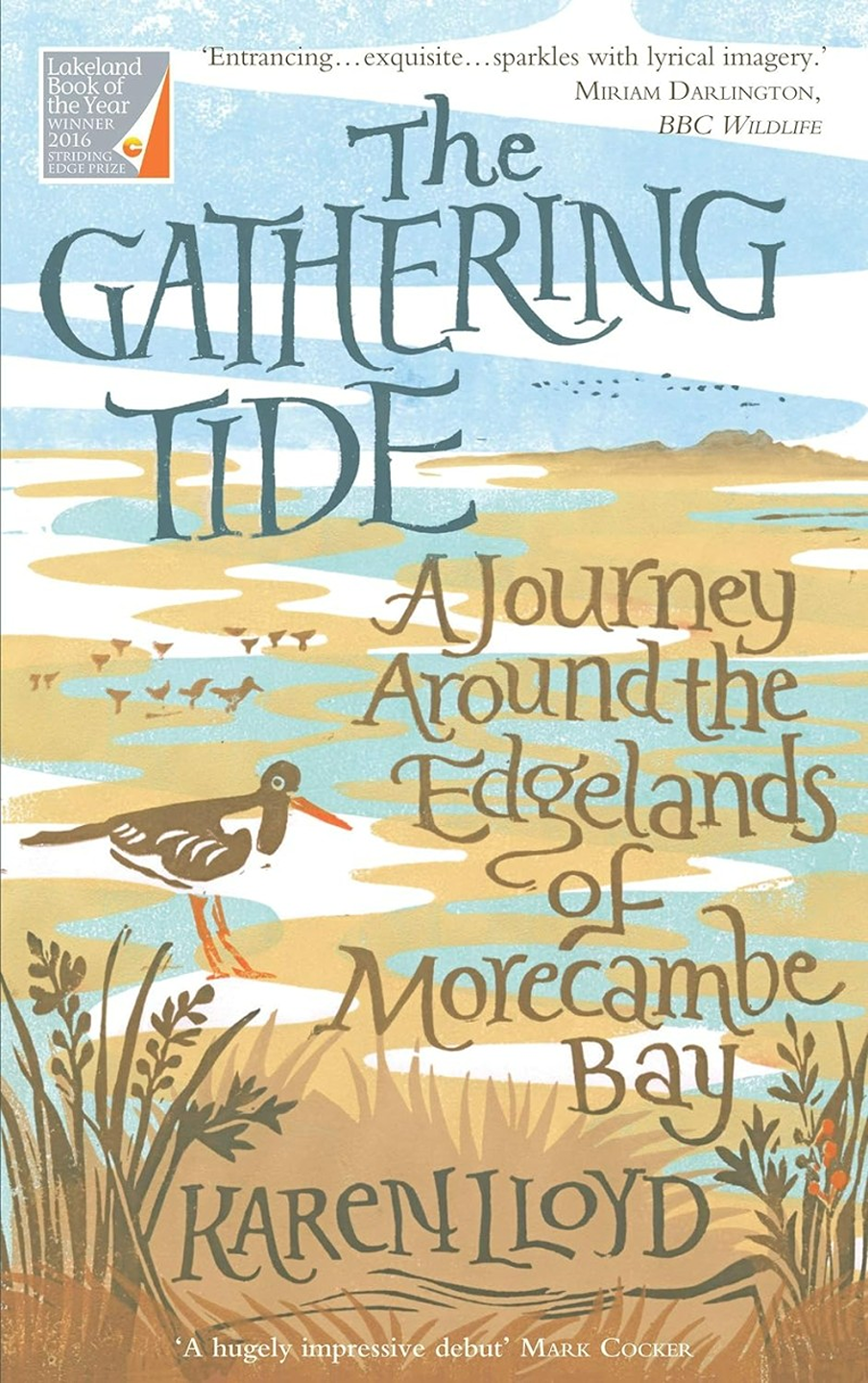Coastal Whimbrels (and their Seven Whistles)

Whimbrels have one of the most intriguing call, as it sounds like seven whistles. These birds have curved beaks and are smaller versions of curlews that breed on moorland and uplands, mostly seen at the coast when migrating. They eat insects, snails and slugs (and when migrating, switch to eating shrimp, molluscs and crustaceans).
Keep at least 50 metres away from coastal birds (flying away wastes energy that could be spent feeding (they need extra space at high tide). Keep dogs away: disturbing nests can lead to abandoned chicks.
You can tell them apart from whimbrels as they have blue-grey legs, shorter bills and a white wedge on their backs and tails (which you can see when they are in flight).
Whimbrels have mottled brown plumage, a trait shared with many shorebird relatives. This provides excellent camouflage against the sandy and rocky shores they frequent.
But what truly sets them apart is their long, down-curved beak, designed perfectly for foraging.
One of nature’s great travellers, whimbrels are known for their impressive migratory journeys. They breed in the Arctic tundra and migrate to warmer climates, often covering thousands of kilometres to winter in South America, Africa, and Australia.
Preserving Habitats for Coastal Birds
England’s coastal birds claim a mix of habitats:
- Mudflats: Feast grounds for sandpipers and whimbrels at low tide.
- Rocky shores: Perfect for turnstones to hunt amongst crevices.
- Estuaries: Sheltered feeding spots where many birds gather in flocks.
- Sandy beaches: The ideal racetrack for sanderlings.
Migration is key for many coastal species. Some arrive in spring to breed, while others pass through on journeys between the Arctic and Africa. As tides and seasons shift, so do bird numbers.
Coastal birds face tough times. Their homes are shrinking due to building, pollution, and rising sea levels. Plastic waste and oil spills also threaten their food and safety.
But there is hope. Local wildlife trusts work to protect and restore vital habitats. They take part in volunteer beach cleans, and help communities care for coastal birds, with legal protection and careful town planning.
Top spots for coastal birdwatching:
Take care to avoid high tides and quicksands.
- Snettisham, Norfolk: Breath-taking flocks of waders over the Wash
- Spurn Point, Yorkshire: A migration hotspot, for all species.
- Farne Islands, Northumberland: Cormorants, terns, and puffins.
- Dungeness, Kent: A unique shingle headland rich with birdlife.
- Morecambe Bay, Lancashire: Vast sands attract huge waders.
It’s important not to disturb birds. RSPB Puffin Binoculars are designed for children (only cost around £30) and are small and lightweight, so pretty good for most adults too.






